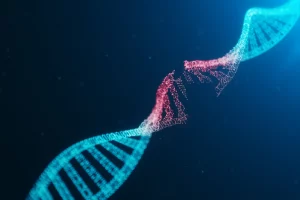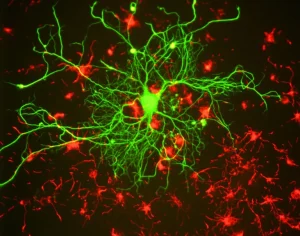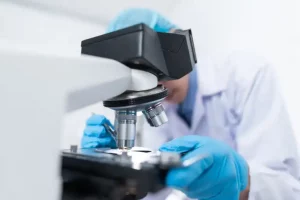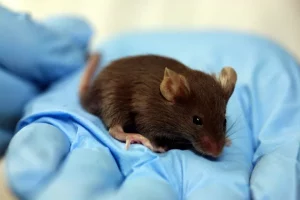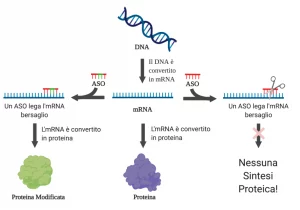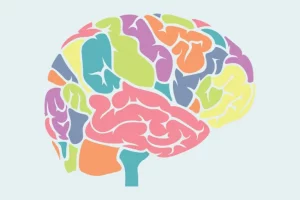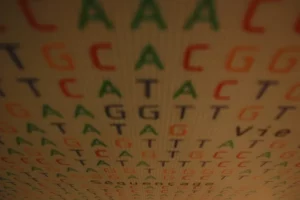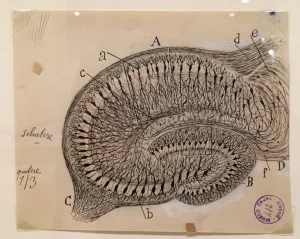
Snapshot: What is the Hippocampus?
How do you remember your name? Thank your hippocampus, a part of the brain that lies buried in the cerebrum and plays an important role in memory. The hippocampus looks like a seahorse when removed from the brain and hence the name (derived from Hippokampus, the Greek word for seahorse). Read More…


